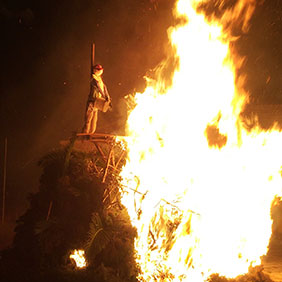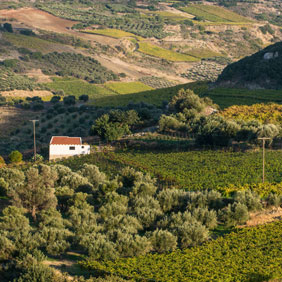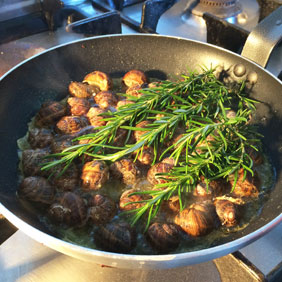The wealth of Cretan plant heritage
Many consider Crete to be a small continent and it is said that if its relief was stretched out, it would cover a surface area equal to that of Europe.
Over lengthy geological periods of millions of years of evolution, Crete was at times connected to Africa, Europe and Asia according to geological and biological residues. On one hand, because of these periods of connection with the three continents, the island became home to many animal and plant species with a shared natural heritage (Cynara Cyrenaica, Ranunculusasiaticus, Felissylvesrisretensis and so on). On the other hand, the breaking off of Cretan land, the separation and initial formation of smaller islands in the area which is now Crete, before taking on its current form as a unified island, resulted in great endemicity. Endemic species, found in limited spaces, are only present in the areas where smaller islands once existed, and on islets and rocky islands that now surround the large island.

The Crete we know today extends 260 km west to east and 12-60 km north to south, and is essentially a part of a geological arc which begins in the Dinaric Alps, runs through Greece from north to south, Crete, Karpathos, Rhodes and ends in Asia Minor. It is a well-populated island which has withstood thousands of years of exploitation and still manages to maintain a large part of its natural wealth, particularly a diversity of habitats and rare endemic species, as a result of many inaccessible sheltered areas.
The tall mountain peaks, an unusually big number for an island, the plentiful cliffs, gorges (approximately 150), the islets and rocky islands are the treasuries of Cretan nature. The fragmentation of Crete caused by the large number of gorges that run vertically across the island and the numerous mountain peaks ranging from 1,550 – 2,500 m in altitude provide many alternating types of habitat. They can be accessed from the northern or southern road axes of the island, by crossing the island vertically and in places in a circular fashion.
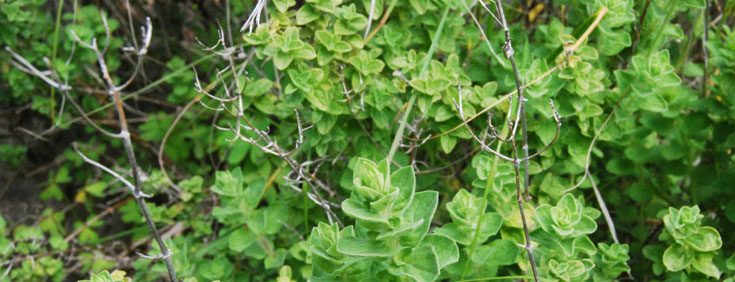
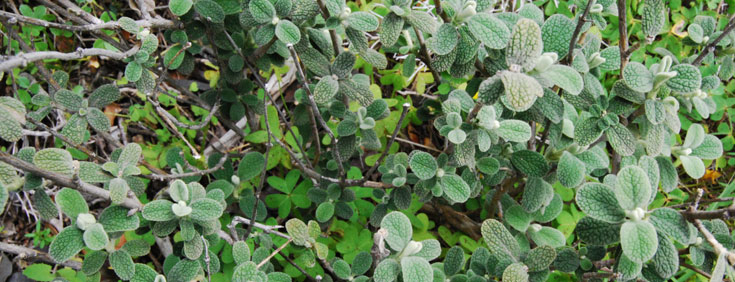
During your journey, you will discover primal occupations such as agriculture, livestock-farming, apiculture, pottery, traditional cookery.
The Greek natural heritage is equally important to the cultural heritage, particularly when comparing the relief of the territory and the plant life with other countries and taking into consideration the total area of the country. Approximately 5,700 types of plants are recorded of which 750 are native to Greece. Despite the fact that Crete makes up less than 1/10 of Greek land, it is home to approximately 1,740 plants, of which approximately 160 are endemic to the island, while some others, quite a substantial number, are rather rare in the area of the Mediterranean Sea and the Aegean Sea.
There is no other place where practically the whole natural wealth can be used for various purposes and can claim so many useful health attributes and benefits.
Come and share experiences and wisdom, dating back not thousands but millions of years, which only a true nature lover can decipher. I believe it will be an exceptional experience both for you and me.

Travelling together, walking along a Cretan path, we may not find everything in full bloom such as the delicious greens that flourish in the spring, or the scented and medicinal herbs… Nor shall we meet large beasts, elephants, dwarfs or hippopotamuses… However, we can touch their fossils on the mountains or in the underwater caves or see them at the “Museum of rare and endemic plants of Crete RODANTH”I, in Kritsa.
The RODANTHI Museum is the fruit of my love for Cretan nature and a small gesture of gratitude to the place in which I was born. It is open to all visitors, both foreigners and locals.
By Giorgos Afordakos, botanist and founder of the new museum of rare and endemic plants of Crete “RODANTHI” in Kritsa.




